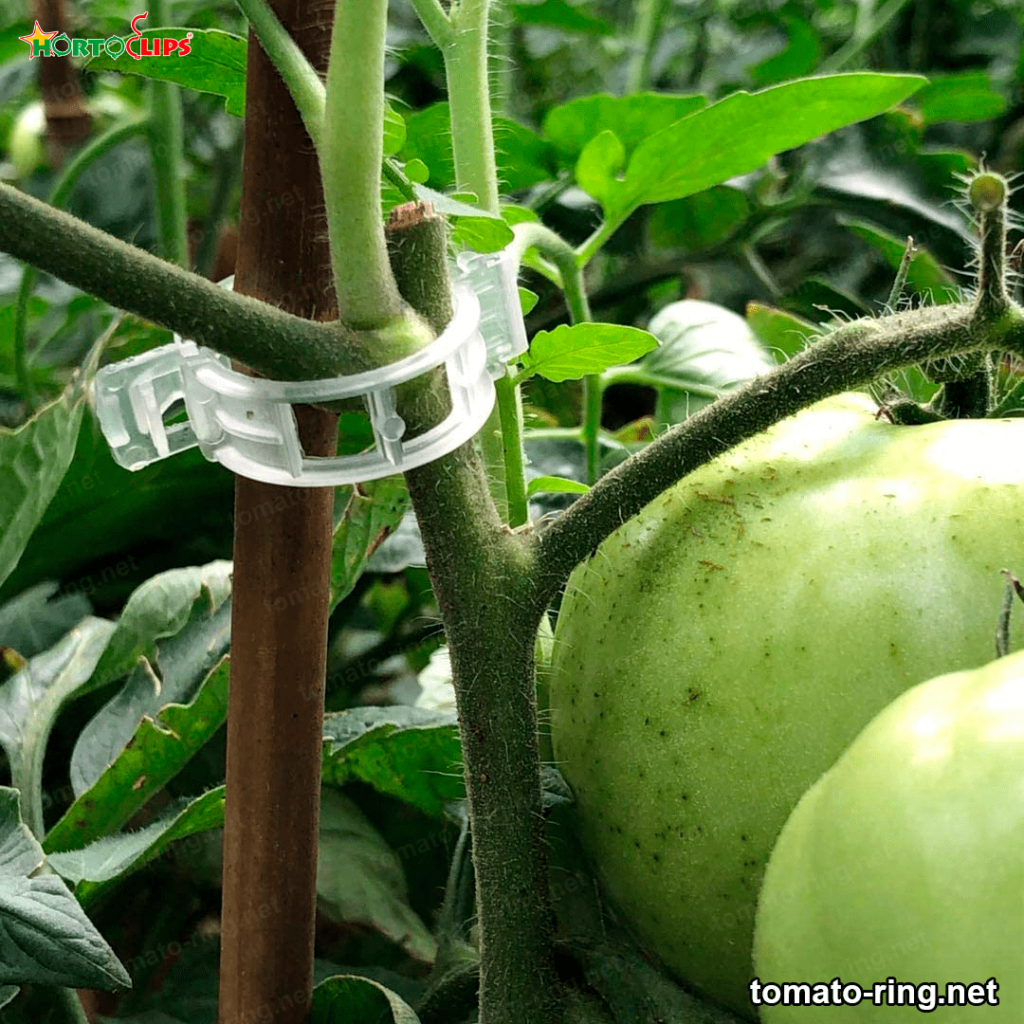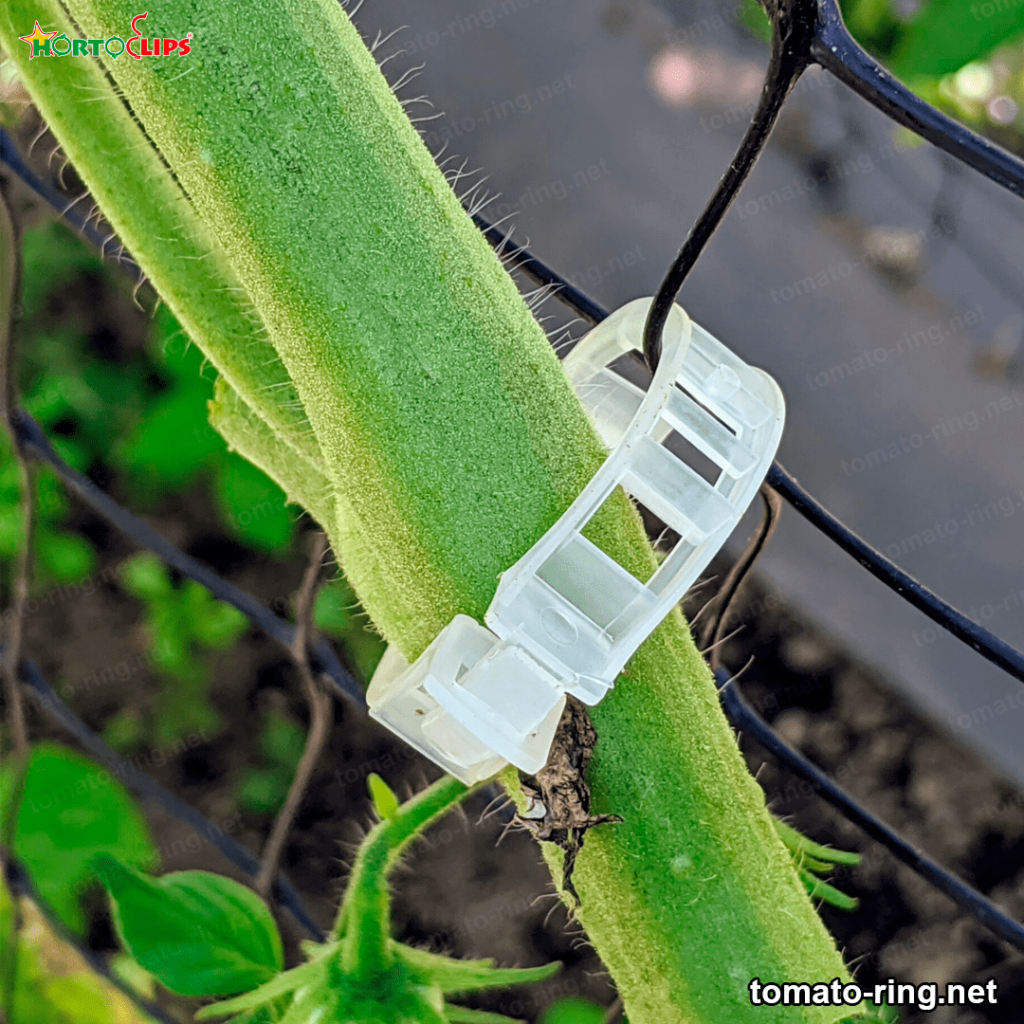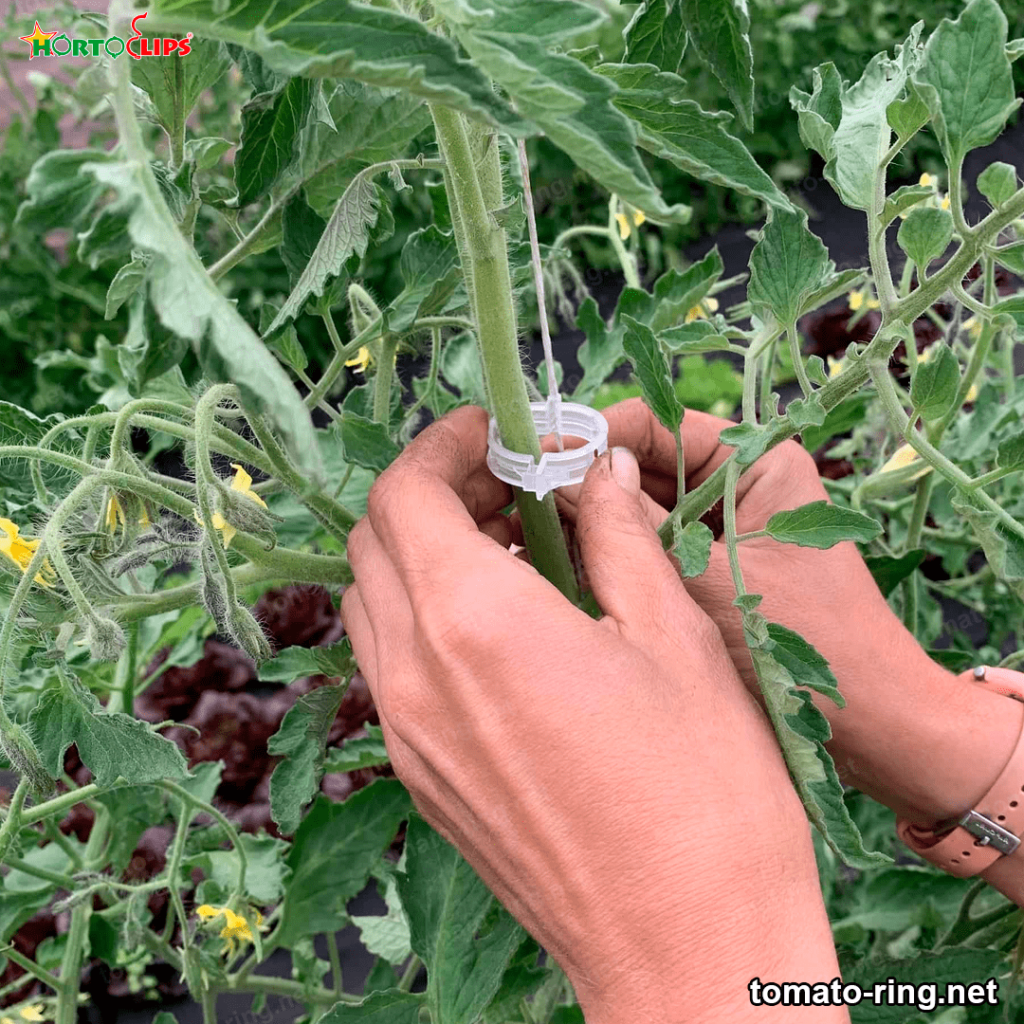Introduction
Trellising rings are a very useful tool for gardeners and vegetable growers because they help support and direct the growth of a myriad of vegetables. This is useful for vegetable growers looking for larger and healthier fruits and vegetables.
Staking rings are generally made of plastic and are place around the stem of the vegetable to support its weight. Especially on larger and heavier fruits. These tools allow growers to get better yields from their crops while minimizing the risk of crop damage. This guide will address when it is ideal to use vegetable staking rings.
They are design to support the weight of the fruit as it grows. This tool is especially useful for large fruits and vegetables such as watermelons, cucumbers, tomatoes and squash. The rings can also be use to support the stems of plants with large leaves. It is important to remember that trellising rings should be place at the top of plants. Regardless of what type of fruit is growing. This helps prevent damage to the underside of the fruit, such as bruising, shredding and premature rotting.
They are also useful in helping to control the growth and ripening of vegetables
By preventing fruits and vegetables from developing too quickly, growers can wait for optimum crop ripening. This is especially useful when growing fruits and vegetables that taste best when grown at a mature stage, such as tomatoes, melons, apples, pears and broccoli.
In addition, trellising rings are a good way to control the amount of light a vegetable receives. Since some fruits and vegetables need less light to ripen than others. Trellising rings can help shade the most sunlight-sensitive fruits. This keeps them from burning or rotting prematurely.
A tutorship ring can help reduce the spread of pests and diseases between plants. Rings control pests by keeping plants out of the way and preventing spontaneous growth. In addition, tutor rings help reduce the spread of diseases between vegetables by forcing growers to examine each fruit before placing it in the ring. This helps detect potential diseases and other problems early, allowing them to be control before they spread to plants.
Trellising rings are a useful tool for vegetable growers. These tools allow for better yields from harvest. Help support the weight of large fruit, prevent premature growth and ripening. And improve the shelf life of produce by helping to control pests and diseases.

Disadvantages of trellising rings
The vegetable trellising rings is a popular and very important tool among growers, but it also has its disadvantages. These rings are use to provide a support for the plants so that they can grow and develop better. Some of the main disadvantages are:
The costly investment to install vegetable tutoring rings in a crop or greenhouse. A tutorship ring lasts a long time, so an investment must be made to purchase the necessary materials and equipment. If your crop requires rings in a specific area, it may be necessary to spend a considerable amount. Adequate space is need to place the tutors. These should be place so that they do not interfere with the size of the growing bed. In addition, the rings must be securely hold in place to prevent them from tipping over. This requires space to place them securely.
There is a risk of disease. Vegetable trellising rings help improve plant health by providing more support. However, if your crop is in an area with a high concentration of pests or diseases, they can be the pathway for further epidemiology. They can also create a wet surface, which can increase the risk of fruit rot. Organic matter may not have the opportunity to fully decompose due to the high humidity in the area.
We must also recognize that trellising rings are also a disadvantage for larger crops
Trellising rings are suitable for smaller vegetables, but not for more expanded fields. In this case, it is advisable to use an individual tutor for each plant. In addition, the use of these rings requires great care to avoid permanent damage. The ring must be moved carefully to pick and place the vegetables, otherwise the rings will be subject to damage. This will result in increased costs and inconvenience in the long run.
Despite these disadvantages, vegetable tutoring rings are extremely useful for farmers growing vegetables and promote healthy growth. It is important to respect and supervise the installation and operation of the ring to avoid damage as well as health problems. Proper use and responsible operation of the ring will help your crop thrive.

How to avoid the disadvantages provided by a plant tutorship ring in vegetables
The use of rings for vegetable trellising is a common and popular way to save space in vegetable gardens and small gardens. They also allow gardeners to achieve taller growths for vegetables. As well as provide enough support for plants to grow strong and healthy. However, there are also potential disadvantages associate with using rings for vegetable staking.
Here are some steps to avoid the disadvantages that can be associate with vegetable trellising rings.
First, it is always important to build the rings as high as possible to help avoid the root binding that can occur with the rings. With too many rings planted too low, plants can grow through the rings and form knots. This can restrict space for root development and limit their ability to absorb sufficient nutrients. Therefore, by placing the rings high enough, plants have the opportunity to develop a deep and satisfactory root system, allowing them to thrive.
Secondly, it is important to ensure that the rings are made of durable and strong materials. While some materials such as plastic may be convenient, they are also extremely fragile and may not withstand extreme weather conditions. Iron, on the other hand, provides a more durable alternative for trellising rings; however, it is extremely heavy and, therefore, not the best choice for a small orchard. Wooden materials, such as treat wood and oak, are susceptible to damage from sun, rain and insects, so proper maintenance should be perform to preserve them.
Third, it is important that not only are the rings generally spacious but also that they are located far enough apart to allow ample expansion of the vegetable roots. If the rings are too close together, this can limit the ability of the roots to develop. Most types of vegetables need plenty of space for their roots and may not grow properly if they are restricted in space.

Finally, we consider it important to pay close attention to the care of vegetables
This means providing them with sufficient water, fertilizer and sunshine, as these are the three main nutritional needs for successful development. Keeping an eye on the rings to make sure that strong winds do not cause damage to the plants, as well as disease and pest control, are also essential.
Vegetable staking rings can be an excellent tool for hobby gardeners. If the above steps are taken to avoid their disadvantages, the rings can provide additional security and help keep the vegetable strong and healthy. Therefore, the use of rings for vegetable trellising when done correctly can prove beneficial to the gardener and make the difference between a successful crop and an unfortunate one.